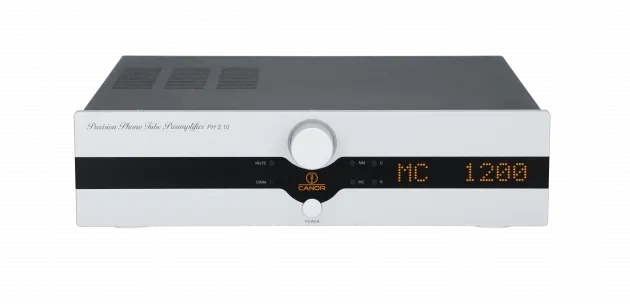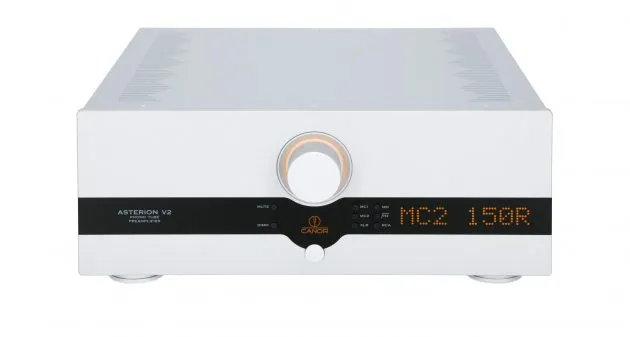Phonostages — Canor Audio PH 1.10
Description, images, technical data and specifications
Canor Audio PH 1.10
Image source — © Canor Audio
MM/MC tube phono corrector with a cenotron rectifier in the power supply (anode voltage). A 9-lamp circuit without a common OOS, all lamps and passive components are carefully selected according to parameters. The transition capacitors are high-grade polypropylene. The MS input is equipped with a Lundahl boost transformer. The MM and MS inputs can be connected to the signal sources simultaneously without mutual influence.
Specifications
Model name
PH 1.10
Inputs (balanced)
N/A
Inputs (single-ended)
2
MC current-sensing input impedance (Ω)
N/A
MM/MC voltage input impedance (Ω)
MC1:10,20,40,80,150,300,600,1200; MC2: 2,5,10,20,40,80,150,300
Output impedance (Ω)
100
Gain (dB)
MC1: 70, MC2: 76
Playback EQ curves accuracy (dB)
N/A
Frequency response low +/- 3dB (Hz)
N/A
Frequency response high +/- 3dB (Hz)
N/A
Total Harmonic Distortion + Noise (%)
N/A
Dimensions (mm)
435 x 170 x 485
Weight (kg)
17
Official link
More components

Phonostages
Canor Audio PH 2.10

Phonostages
Canor Audio ASTERION V2


